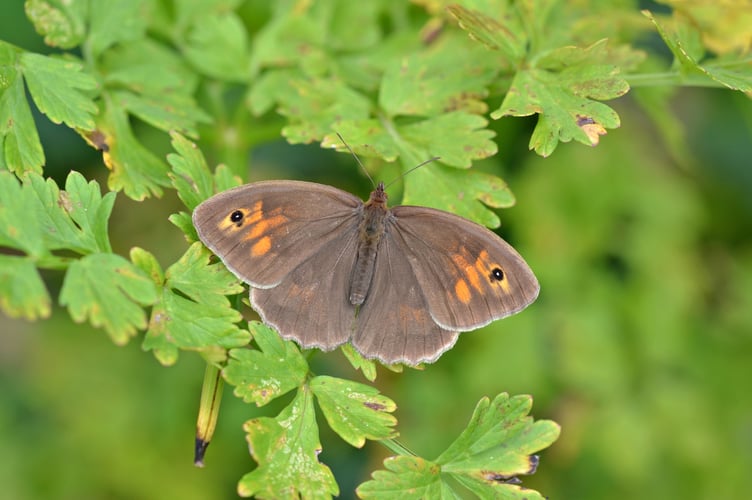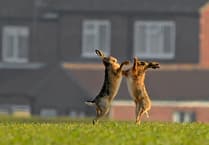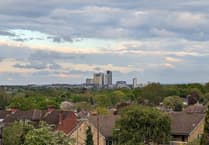It was clear to all that there were fewer butterflies this year. This is confirmed in the results of this year’s Big Butterfly Count, just published: it reports a marked fall in numbers nationwide. Butterfly Conservation, the charity which organises the annual count, is so concerned by this decline that it is declaring a national Butterfly Emergency.
The Big Butterfly Count is a “citizen science” programme: members of the public were asked to count butterflies during 15-minute periods between 12 July and 4 August, in gardens, parks, school grounds, fields and forests.
Butterfly Conservation said: “Firstly, a massive thank-you to everyone who took part in this year's Big Butterfly Count. An incredible 85,000 of you spent a combined total of four years counting butterflies all over the UK.”

In total, just over 935,000 butterflies and day-flying moths were recorded across the UK, down almost 600,000, equivalent to more than a third of 2023’s total. In 9,000 counts, including some of my own, no butterflies at all were seen in 15 minutes; this was the highest in the programme’s history. The majority of species (81%) showed declines in numbers seen this year compared with 2023.
The results say the butterfly seen most often in England was the Gatekeeper, but its numbers were down 17% on 2023. In second place was the Meadow Brown, one of the few butterflies to show a rise in numbers – up 6% over last year. In third and fourth places were the Large White and Small White, but their numbers have declined by 40% and 47% respectively. The Red Admiral fell from first to sixth place, its numbers having declined hugely, by 82%.
Butterfly Conservation said this summer was the worst in the Count’s history for Small White, Small Tortoiseshell, Common Blue, Holly Blue, Green-veined White, Painted Lady and Scotch Argus.
Overall, participants spotted just seven butterflies on average per 15-minute count, the lowest in the 14-year history of the Big Butterfly Count. Last year the average was 12 and the previous lowest per count was nine, in 2022.
Dr Richard Fox, Head of Science at Butterfly Conservation, said: “A third of the species recorded in the Big Butterfly Count have had their worst year on record, and no species had their best. The results are in line with wider evidence that the summer of 2024 has been very poor for butterflies, which are a key indicator species: when they are in trouble, we know that the wider environment is in trouble too. Nature is sounding the alarm call. We must act now if we are to turn the tide on these rapid declines and protect species for future generations."
Butterfly Conservation is calling on the Government to declare a “nature emergency”. It particularly asks for an immediate ban on neonicotinoid pesticides.
Dr Fox explained: “When used on farmland, these chemicals make their way into wild plants growing at field edges, resulting in adult butterflies and moths drinking contaminated nectar and caterpillars feeding on contaminated plants.
“It’s time for the UK to ban them and put the natural world first. If we don’t act now to address the long-term drivers of butterfly decline, we will face extinction events never before seen in our lifetimes.”
Butterfly Conservation asks the public to support its petition calling for Government action by visiting https://butterfly-conservation.org/emergency





Comments
This article has no comments yet. Be the first to leave a comment.